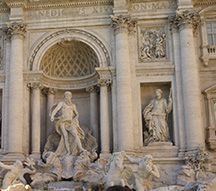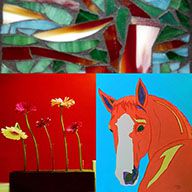
Language is a human being's main communication tool but lessons from animal behavior can be applied even to human language. Teaching with clear body behavior helps students inmerse themselves in languages and in the wonders of civil discourse. And the world could use more of that! Using daily life and examples as a springboard for lessons makes communication a lesson in humanity. All that and a healthy dose of passion for the wonders of words, their history and evolution, makes languages and debate fun!
Classes are available in Spanish from beginners to advanced (K-12 and adults), and in French from beginners to intermediate (K-12 and adults).
Latin is also offered at beginner and advanced beginner levels, for middle and high school students, and is taught using modern texts like Olivia the Pig, Diary of a Wimpy Kid, The Hobbit and other student favorites.
Debate is offered in two courses for middle school through high school students: Intro. to Debate, and Debate II: the Lincoln Douglas Format. All debate classes stress civil discourse, effective communication, body language and fact-based research.
Current events, books, movies and music that the students already connect to are used in all classes to engage the students.

The language of art is one of wonder, unity and freedom of expression. Students frequently hear that they are not good at art and that should never happen; art is everywhere, it is in everything, and everybody is an artist. Art is a communication tool that breaks barriers between people and within ourselves.
Classes available in the visual arts involve theory and hands-on projects and include:
The Language of Art, an exploration of how art communicates through colors, shapes, composition and media.
Craft in a Day, a confidence-building class that allows students to be proud of one finished work in each class.
Open Studio, which allows students to engage with a variety of natural and found/recycled materials to produce a project in a free-flowing, open, collaborative environment where all creations are considered art and where communication is fluid.